If trees are something you are thinking about planting in your landscape for the new year, don’t delay. While fall is the best time to plant, winter and early spring (really early spring) are runners up. Although the cold weather will shut down the growth of the tops of trees, it does the opposite for roots. Roots of trees, shrubs and woody perennials actually have a growth spurt through cooler weather. When it comes to growing trees, it’s the roots that we are most concerned about getting established.
Even if you missed the fall window for planting trees, you can still successfully plant them this time of year. This blog is full of informational and inspirational links to help you make the best choices when planting trees. Grab a warm drink and take a little time to do some research. We can promise you that the more knowledge you load yourself up with, the more success you will have.
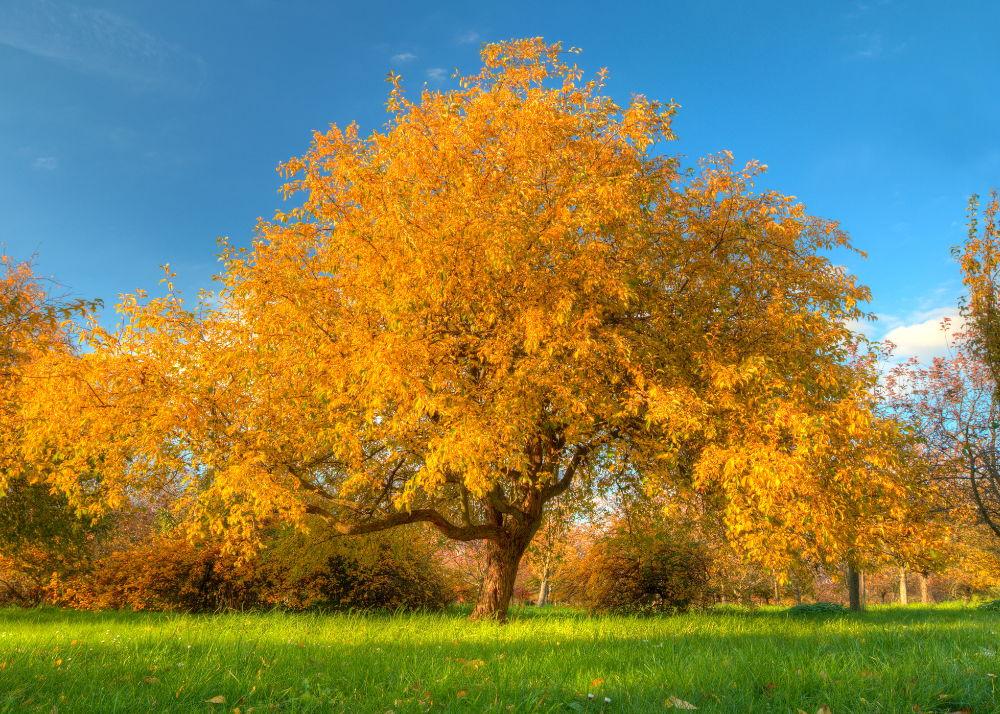
Things to Know Before Buying and Planting Trees
When selecting trees, there are many options out there. At Rainbow Gardens we strive to carry a great selection of native and well-adapted trees for San Antonio and our surrounding areas. But we have customers that come from other areas as well, so there are trees available that may be more suited for our more northern friends, or our friends down in the valley. This is why it is so important to research any tree that catches your eye, to make sure it will grow well where you live. Check out the links below for some great options for our area.
Here are a few links to some of our tree guides:
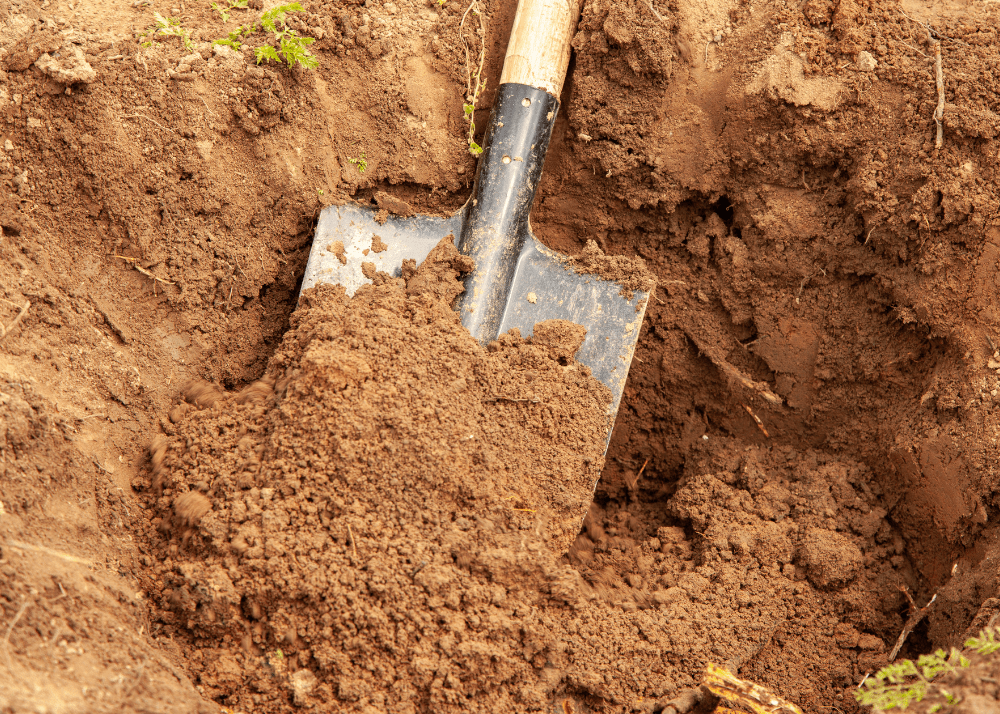

Knowing what type of soil you have in your landscape is also a need-to-know thing for planting trees. Some trees, like dogwoods, simply have to have acidic soil. Some, like bald cypress, need soils that are consistently moist; while others, like Arizona cypress, prefer dry, near desert conditions, . Do you know what kind of soil you have? You may have to send off samples for a soil test to learn the pH of your soil, but you can do a quick at home test to find out if your soil drains well enough in the area you want to plant a tree.
The day before you want to plant, dig the correct sized hole (see paragraph below) for your tree in the area you wish to plant in. Fill the hole with water and check the following day for drainage. If the hole has drained, plant your tree. If it hasn’t, find a new spot to plant in (unless you are buying a boggy tree that needs constant moisture).
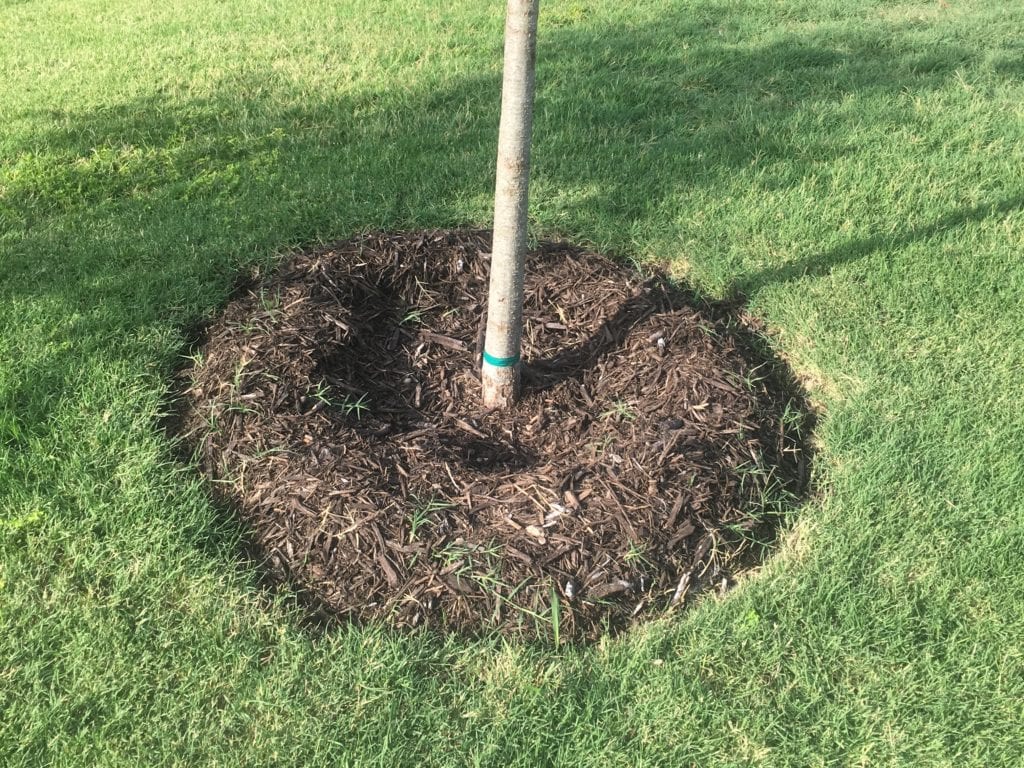

Besides knowing what type of soil you have in your landscape (clay, rocky, sandy, etc…), and the conditions of it (boggy, well-draining, etc…), you’ll need to know how to properly plant your trees. Planting trees too deeply is one of the top reasons for tree death. Something so detrimental can be easily avoided if you research how to properly plant trees from the get go. Perhaps the most important thing when planting is knowing the correct dimensions of the hole needed. The hole should be 2-3 times wider than the root ball of the tree, and ONLY as deep as the root ball. Like, as exact as you can get it or even a tiny bit shallower.
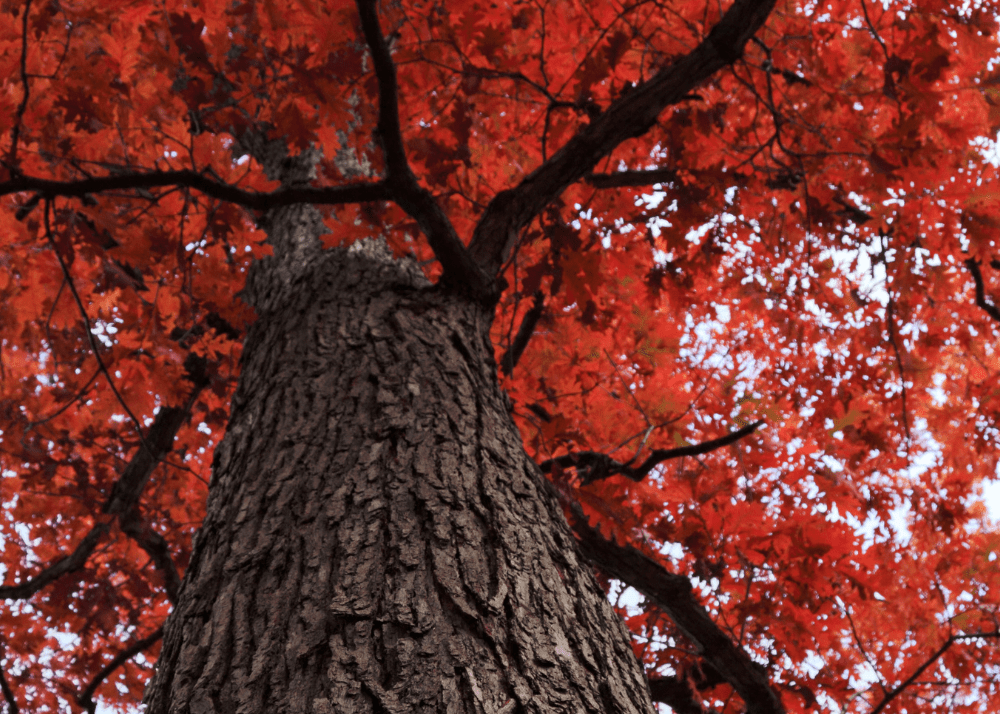

Learning how to maintain the healthy growth of your tree is all a part of planting process too. Properly mulching a tree (donuts, not volcanoes), watering new trees correctly (feeder roots extend all the way out to the dripline), and even learning if you need to fertilize specific trees or not, are all essential things to learn. Like Schoolhouse Rock always used to sing, “Knowledge is power!”
We know this is a lot of information, but we want to give you every possible chance for success. We offer the information to help guide you in your decision making and it’s also why we are always willing and ready to answer any other questions you have. We’re here for you. Let’s do this!
~The Happy Gardener, Lisa Mulroy

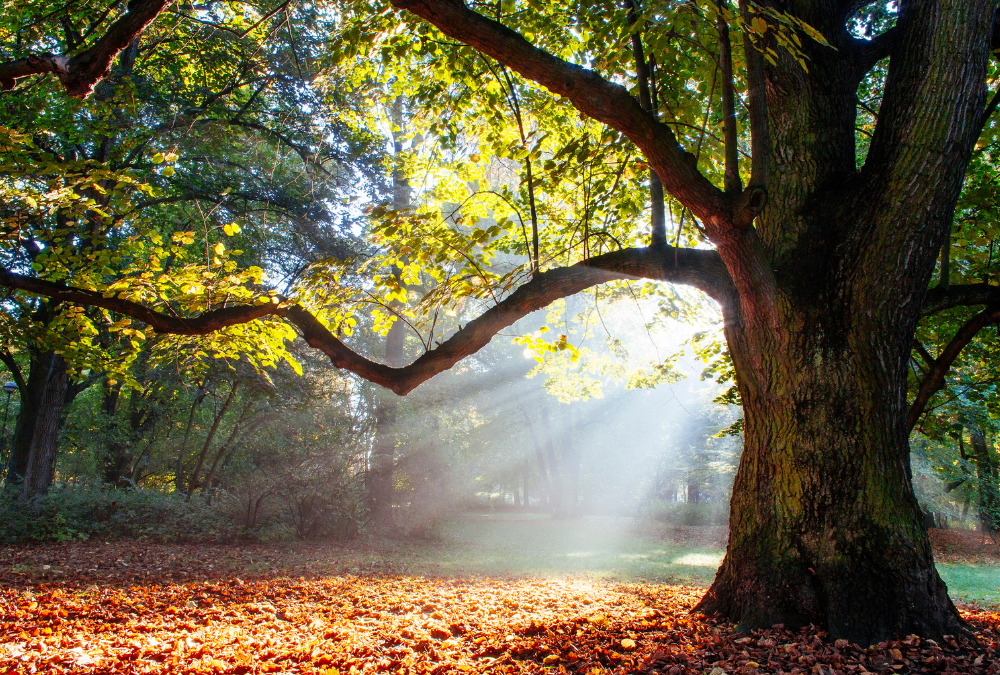
Tx
How about fruit trees
Tangerine
It’s best to wait until warmer weather returns to plant citrus, unless you have a legit greenhouse to be able to protect them. Citrus is very susceptible to cold and should be planted in pots for the first 4 years to be able to protect them adequately.
This will be my second winter in the ground with a Chinese Talo and it is doing well. I covered it last winter, but I’m wondering if I can let it go this year since it seems to be established. We are expecting frigid weather Monday – Tuesday.
While it is unlikely the roots will be damaged, your Talo will most likely still suffer some damage from the freeze. Cover if possible.
Thank you!